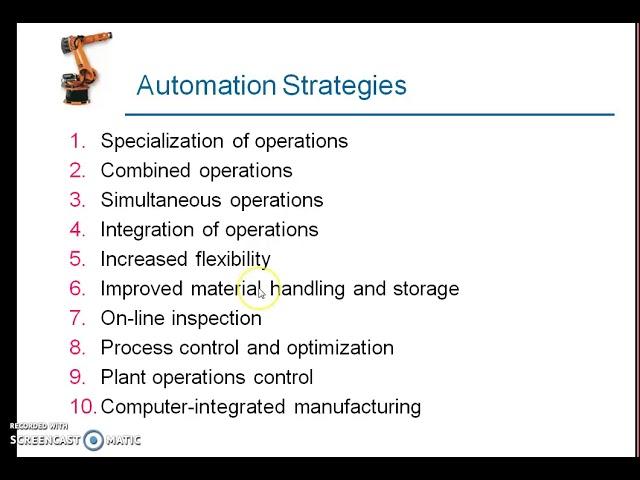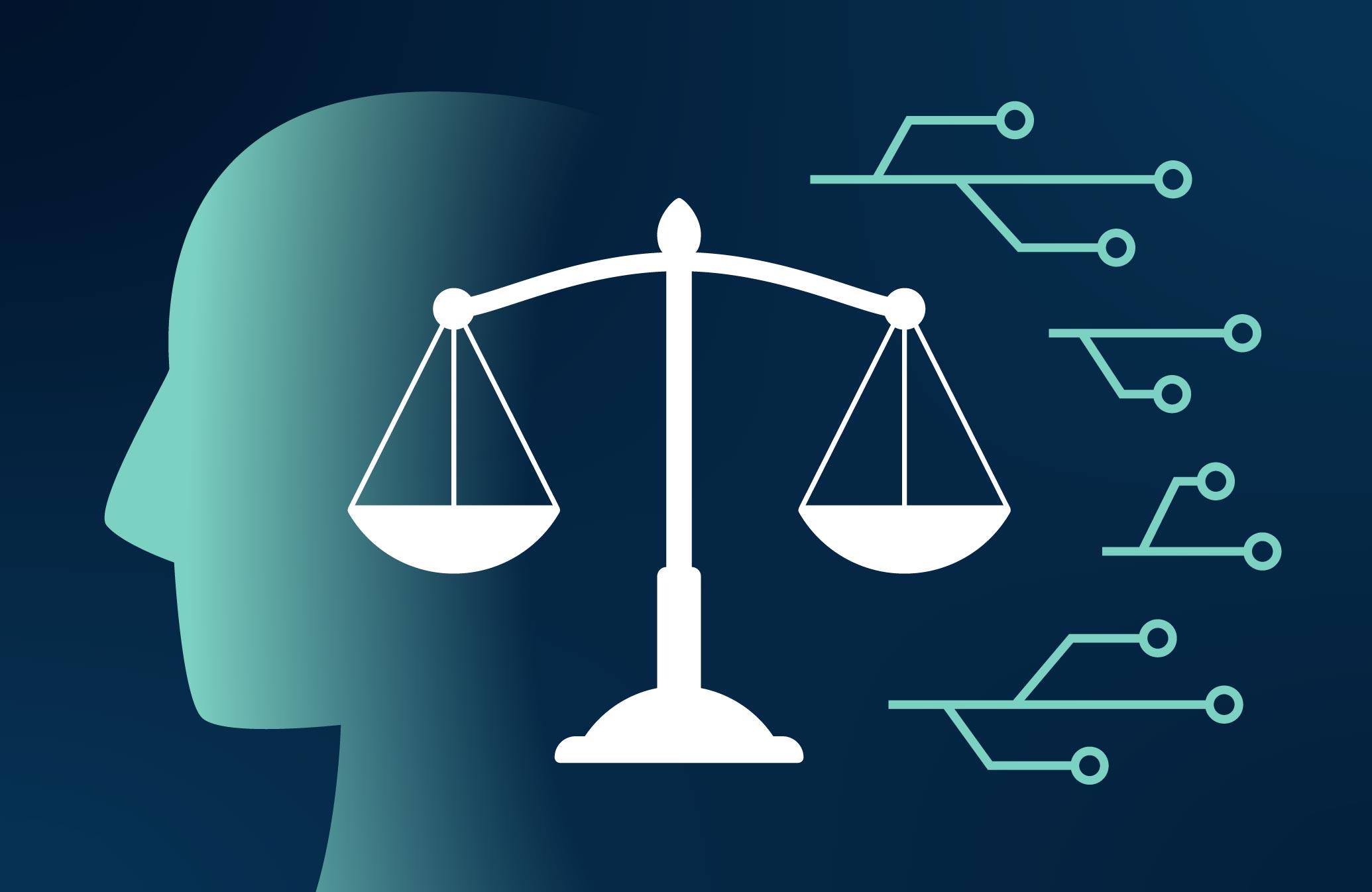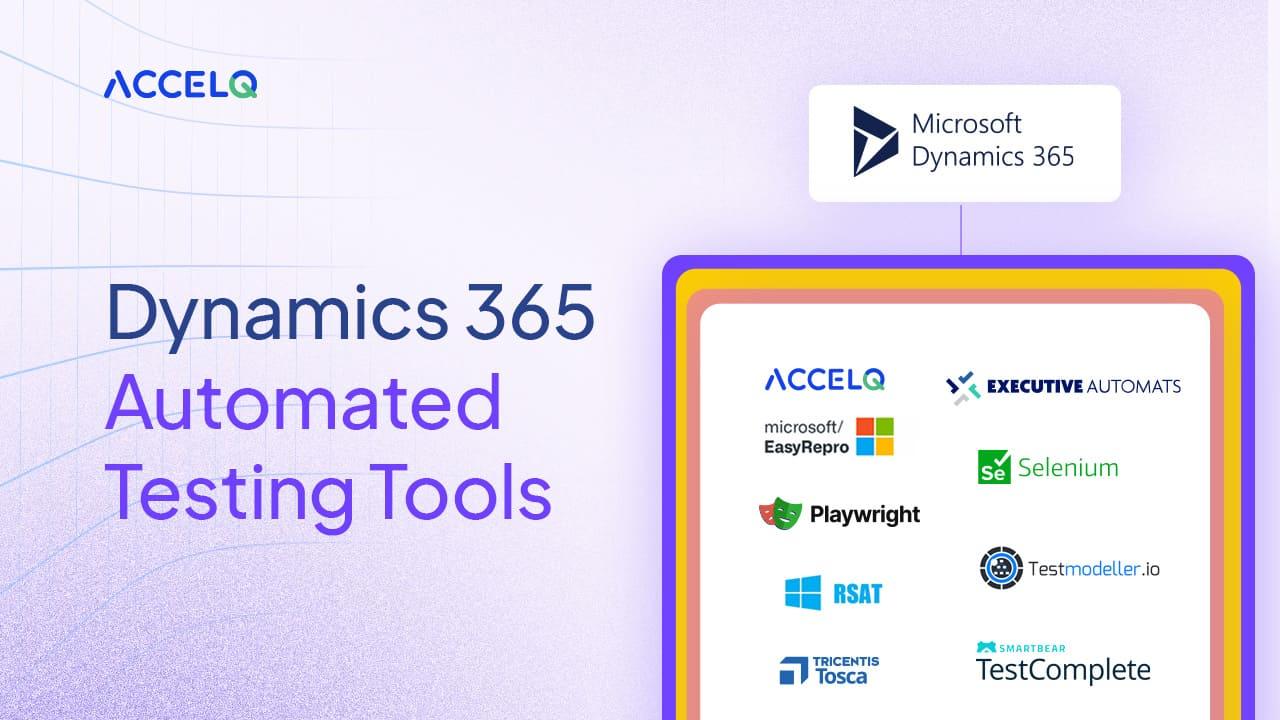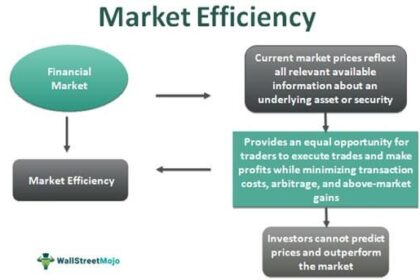Navigating 2024: Emerging Trends in Automation Dynamics
As we step into 2024, the landscape of automation is undergoing a transformation unlike anything we’ve seen before. The convergence of artificial intelligence, machine learning, and advanced robotics is not just enhancing efficiency; it is redefining the very essence of industries across the globe. From manufacturing floors to service-oriented sectors, automation is not merely a tool but a catalyst for innovation and change. As organizations seek to harness these advancements, understanding the emerging trends in automation dynamics becomes essential. In this article, we will explore the evolving role of automation, the key trends shaping its trajectory, and how businesses can navigate this intricate terrain to thrive in an increasingly automated world. Join us as we delve into the future of work, technology, and the human experience in the age of automation.
Shaping Tomorrow’s Workforce: The Role of Human-AI Collaboration
As automation technologies continue to evolve, the emphasis on human-AI collaboration becomes increasingly critical in reshaping the workforce. Businesses are looking for innovative ways to integrate AI tools into their daily operations while ensuring that their human talent is empowered rather than replaced. This partnership will enable workers to leverage AI capabilities for enhanced productivity, allowing them to focus on more strategic and creative tasks. By fostering an environment where both humans and machines thrive together, organizations can harness the full potential of their workforce and drive innovation.
The integration of AI in the workplace presents several compelling opportunities:
- Upskilling Workforce: Organizations are investing in training programs that equip employees with the skills needed to work alongside AI.
- Enhanced Decision-Making: AI algorithms can analyze vast amounts of data to provide insights that humans can use to make informed decisions.
- Increased Efficiency: Routine tasks can be automated, freeing up human workers to focus on higher-value activities that require emotional intelligence and creativity.
The future of work will not be a binary choice between humans and machines, but rather a collaborative ecosystem where the unique strengths of each can be harnessed for mutual benefit. Organizations that proactively embrace this partnership will not only navigate the challenges of 2024 but will also position themselves as leaders in their industries.

Revolutionizing Industries: Automation Technologies Transforming Operations
The landscape of industry is rapidly evolving, driven by an unprecedented wave of automation technologies that are reimagining how businesses operate. From artificial intelligence to robotic process automation (RPA), these innovations are streamlining workflows, enhancing productivity, and reducing costs. Key areas where automation is making a significant impact include:
- Manufacturing: Integration of smart robots that monitor and optimize production lines in real-time.
- Supply Chain: Advanced analytics and AI-driven demand forecasting allow for seamless distribution.
- Customer Service: Deployment of chatbots and virtual assistants for 24/7 support and engagement.
Within these sectors, companies are leveraging automation not only to improve efficiency but also to foster innovation. As more organizations embrace these technologies, the competitive advantage of automation becomes clear. A recent survey revealed that businesses that adopt automation see a decrease in operational costs by up to 30%, while also boosting employee satisfaction through the reduction of mundane tasks. Below is a snapshot of how various industries are implementing these technologies:
| Industry | Automation Application | Benefits |
|---|---|---|
| Healthcare | Patient management systems | Improved patient care, reduced errors |
| Retail | Inventory automation | Enhanced stock management, reduced waste |
| Finance | Fraud detection technologies | Increased security, faster transaction processing |

Adapting to Change: Strategies for Businesses to Embrace Automation
As businesses strive to thrive in an era defined by rapid technological advancement, embracing automation is no longer just an option—it’s a necessity. To effectively integrate automation into existing workflows, organizations should prioritize the following strategies:
- Assess Current Processes: Identify repetitive and mundane tasks that can be streamlined through automation.
- Invest in Training: Equip your workforce with the skills needed to work alongside automated systems, ensuring a smoother transition.
- Set Clear Objectives: Define measurable goals for automation initiatives to assess their impact on efficiency and productivity.
An agile approach to automation can lead to significant operational enhancements and cost reductions, allowing businesses to reallocate resources toward innovation and growth. Engaging employees in the automation process through feedback and collaborative efforts can also foster a culture of acceptance and adaptability within the organization.
Leveraging data analytics and artificial intelligence can unveil opportunities for optimization—therefore, businesses must stay informed about the latest technological advancements. Creating cross-functional teams that include IT, operations, and management can facilitate a holistic execution of automation strategies while minimizing resistance. To summarize the potential benefits of implementing automation, consider the following table:
| Benefit | Description |
|---|---|
| Increased Efficiency | Reduces time spent on manual tasks, allowing staff to focus on higher-value initiatives. |
| Cost Reduction | Lowers operational costs through improved resource allocation and reduced errors. |
| Enhanced Accuracy | Minimizes human error, leading to consistent and reliable output. |

Ethical Considerations: Navigating the Social Impacts of Automation Trends
The rapid pace of automation brings with it a plethora of social implications that demand careful thought and consideration. As machines take over tasks traditionally performed by humans, it becomes paramount to address the potential consequences on employment dynamics, social equity, and community cohesion. The challenge lies in ensuring that the benefits of automation are broadly shared rather than concentrated in the hands of a few. To navigate this landscape effectively, stakeholders must engage in transparent dialogues that acknowledge the multifaceted effects of automation, focusing on:
- Job Displacement: Addressing the potential loss of jobs in various sectors and the need for reskilling.
- Economic Inequality: Ensuring that automation does not exacerbate existing inequalities within communities.
- Access to Technology: Providing equitable access to the technologies necessary for adaptation.
Moreover, as businesses increasingly harness automation, ethical considerations should be integrated into their core strategies. Organizations must not only comply with regulatory standards but also act responsibly by evaluating the broader societal impact of their technologies. This necessitates a commitment to ethical practices such as inclusivity and diversity in tech development, fostering environments that prioritize employee well-being. The following table highlights essential ethical principles to incorporate within automated environments:
| Principle | Importance |
|---|---|
| Transparency | Builds trust through openness about automation processes. |
| Accountability | Ensures stakeholders are held responsible for technological impacts. |
| Fairness | Promotes equitable treatment for all affected individuals. |
| Responsiveness | Encourages continuous feedback and adaptation to societal needs. |
In Conclusion
As we stand on the brink of 2024, the landscape of automation is not just shifting; it’s evolving into a complex tapestry woven with threads of innovation, opportunity, and challenge. The trends we’ve explored today offer a glimpse into a future where automation isn’t merely a tool but a strategic partner in driving efficiency and creativity across industries.
From the rise of intelligent process automation to the ethical considerations surrounding AI-driven decision-making, navigating these dynamics will require not just adaptability, but also a proactive approach to harnessing the potential of technological advancements.
As organizations and individuals alike embark on this journey, embracing a mindset of continuous learning and collaboration will be essential. The road ahead may be filled with uncertainties, but understanding and anticipating these emerging trends will empower us to navigate them with confidence.
In a world increasingly defined by automation, the question is not whether to adapt but how to lead the charge into this new era. As we step into 2024, let us embrace the transformation with open minds and innovative spirits, ready to shape a future where technology and humanity coexist harmoniously, driving progress and unlocking potential.



